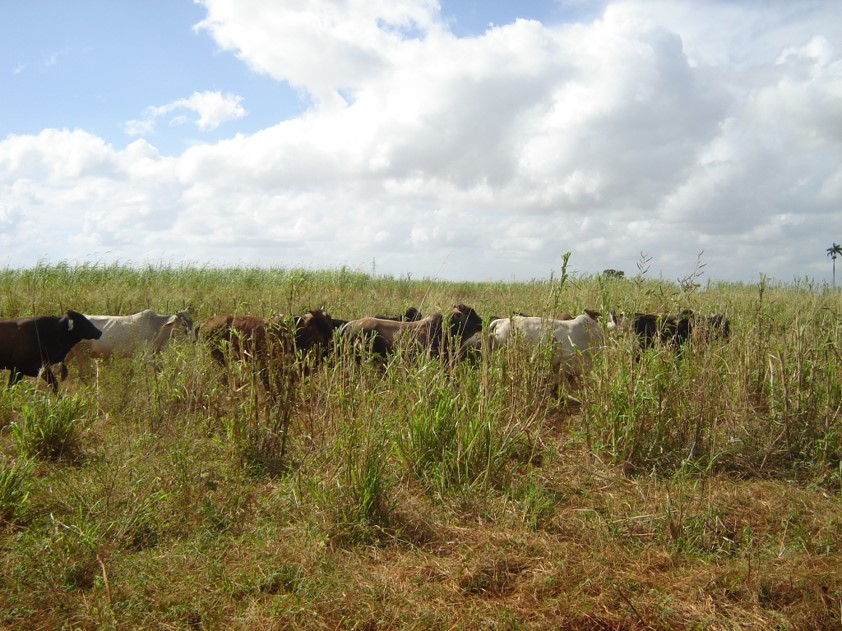Summer, with its abundance of sunlight and high temperatures, represents a crucial period for the development and productivity of pasture crops, its influence is multifaceted, affecting from the internal physiological processes of plants to soil composition and resource availability, thoroughly understanding how summer impacts these forage ecosystems is essential to optimize their management and ensure sustainable production for livestock and other pasture-dependent activities.

The increase in solar radiation during the summer is perhaps the most determining factor. light is the primary energy source for photosynthesis, the process by which plants convert carbon dioxide and water into sugars and oxygen, a higher light intensity usually translates into a higher photosynthetic rate, which drives vigorous vegetative growth and a greater accumulation of biomass. However, according to some specialists this relationship is not linear, according to what they mention, excessive solar radiation can generate light stress, damaging photosynthetic pigments (such as chlorophyll) and reducing the efficiency of photosynthesis.
In the same vein, the high temperatures characteristic of a summer period accelerate the biochemical reactions within plants, including photosynthesis and respiration, an optimal temperature range favors rapid growth and a greater production of dry matter. However, excessively high temperatures can have harmful effects such as thermal stress that can denature enzymes essential for plant metabolism, inhibiting growth and photosynthesis, increased transpiration, high temperatures increase the loss of water through the leaves (transpiration), if the availability of water in the soil is limited, this can lead to severe water stress, wilting and even death of plants, alteration of the life cycle in some species of grasses, high temperatures can induce premature flowering, which often results in a decrease in forage quality because higher fiber content and lower digestibility are generated.

Given the complex influence of summer, it is crucial to implement management strategies that promote the resilience and productivity of grasslands, such as:
- Rotational grazing: allows rest periods for the recovery of plants, avoiding overgrazing and soil degradation.
- Adjustment of the animal load: adapt the number of animals to the carrying capacity of the pasture during the summer to avoid resource depletion.
- Selection of species and varieties tolerant to heat and drought: using pastures adapted to local climatic conditions can improve the productivity and persistence of the pasture.
- Strategic fertilization: The timely application of nutrients can help plants recover from stress and maintain their growth, but it must be done considering the availability of water.
Dear readers, summer exerts a powerful and complex influence on pasture crops. While the abundance of sunlight can drive vigorous growth, high temperatures and possible water scarcity pose significant challenges. Understanding the interactions between these factors and the physiological responses of plants is essential to implement sustainable management practices that optimize forage production, maintain the health of grassland ecosystems and ensure the productivity of the activities that depend on them, even under the often demanding conditions of the Venezuelan summer.
Thank you for reading our articles, until a next publication.
| Bibliographic references |
|---|
- Lascano, C, and Spain, J. (1997). Establishment and renovation of pastures.CIAT. Mexico.
Sources
- Photography and images: All photographs are the property of the author @amestyj.
- Agrotecnia banner: made by the author @amestyj with own images
- Hive Banner: Designed by the author @amestyj with image owned by hive.


